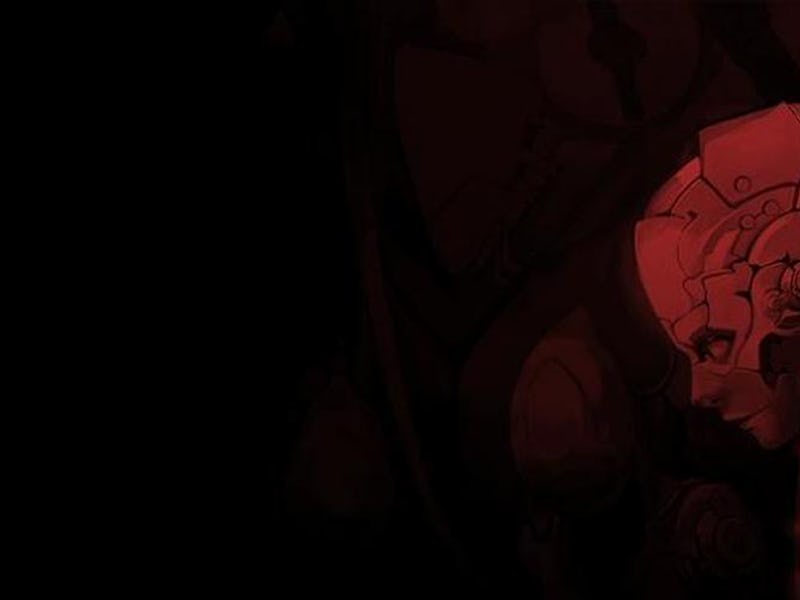How a "Starcraft" Tournament Unlocks Future of AI, According to its Founder
Zerg rush!

Ask almost every college student you know and they’ll tell you they’d rather be gaming than studying for their exams.
Thanks to computer scientists from Comenius University in Slovakia and the Czech Technical University, they can do both. Since 2011, these two universities have been hosting the Student Starcraft A.I. Tournament (SSCAIT), a competition where students code their own bots to play legendary computer game Starcraft: Brood War and pit them against each other.
“[The] first SSCAIT was a local event, with just 50 of my students in Slovakia,” Michael Certicky, the SSCAIT founder and leader of the Games & Simulations research group at CTU, tells Inverse. “We ran all the games manually and had a lot of fun with it. Students liked it, so I decided to open it for the public and for non-students next year. These days, we have people and teams from all around the world coding bots and watching the ladder games 24/7 on Twitch.”
Prominent tech companies have been training their A.I. to play various turn-based games like chess and go for years now, but only recently have they switched to real-time strategy games. These games require split-second decision-making, which is a perfect way to push A.I. to its limits and get young talent interested in this type of research.
SSCAIT has done nothing but grow since its humble beginnings. SSCAIT is continuously streaming games between bots submitted year-round, but the main event is a round-robin tournament at the end of every year. Last year’s student tournament consisted of 1,035 games, while this year SSCAIT will be hosting 6,006 matches that will be played out over a month. A testament to how popular this event has become.
With SCCAIT’s popularity growth through the years, Certicky says he has noticed a substantial uptick in how sophisticated some of the students’ submissions have become. In the earlier years of the tournament they were simply coded to carry out specific tasks, now some of the bots have the ability to get better and better the more games they play.
“At first, most of our bots were just hard-coded state machines, but over time people started implementing many sophisticated A.I. methods [like] planning, genetic algorithms, [and] neural networks,” says Certicky. “Every year, more bots use machine learning and get better just by playing many games.”
This type of innovation is exactly what makes games like this an optimal virtual environment to test and improve A.I. No two games of Starcraft will ever be exactly the same, this means coders can’t just program their bots to only have one strategy.
In turn-based games like chess, A.I. systems can quickly calculate the best move available to them based on how their opponent has just moved. In real-time strategy games you often have no clue what your opponent is up to up until they’re mounting an attack on your base. This pushes students to find ways to have their bots adapt to ever-changing scenarios.
“A.I. researchers have always used various games as domains for their algorithms - that’s part of the process,” says Certicky. “And after go and poker were solved, they needed to move to something more challenging - and RTS games are a great fit. So the main application is being a toy domain for AI research.”
Letting student coders try their hand at building systems to thrive in this environment isn’t just fun: It helps them develop skills that are extremely marketable in their field. Who ever thought that gaming could score you a job at a leading tech company?